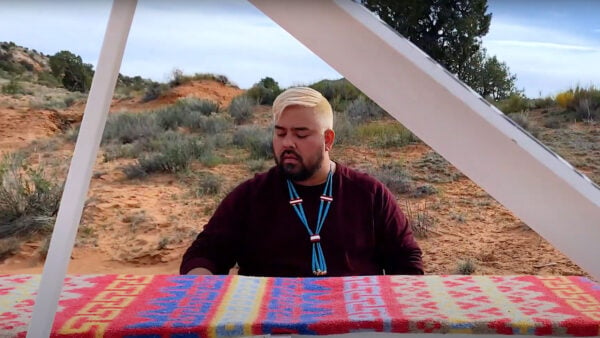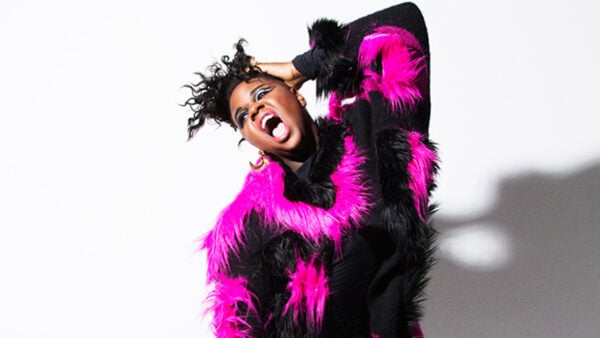Anyone who's ever had a pet knows that from the moment they come into your life, they become part of your family. Many of the world's most famous music makers past and present have enjoyed the companionship of furry friends. Yet despite their importance, we rarely hear anything about the lives of composers' pets, nor how they impacted the music their owners created.
So we got curious. After scouring the internet and consulting the history books, here are some of the best stories we've found about composers and their furry friends!
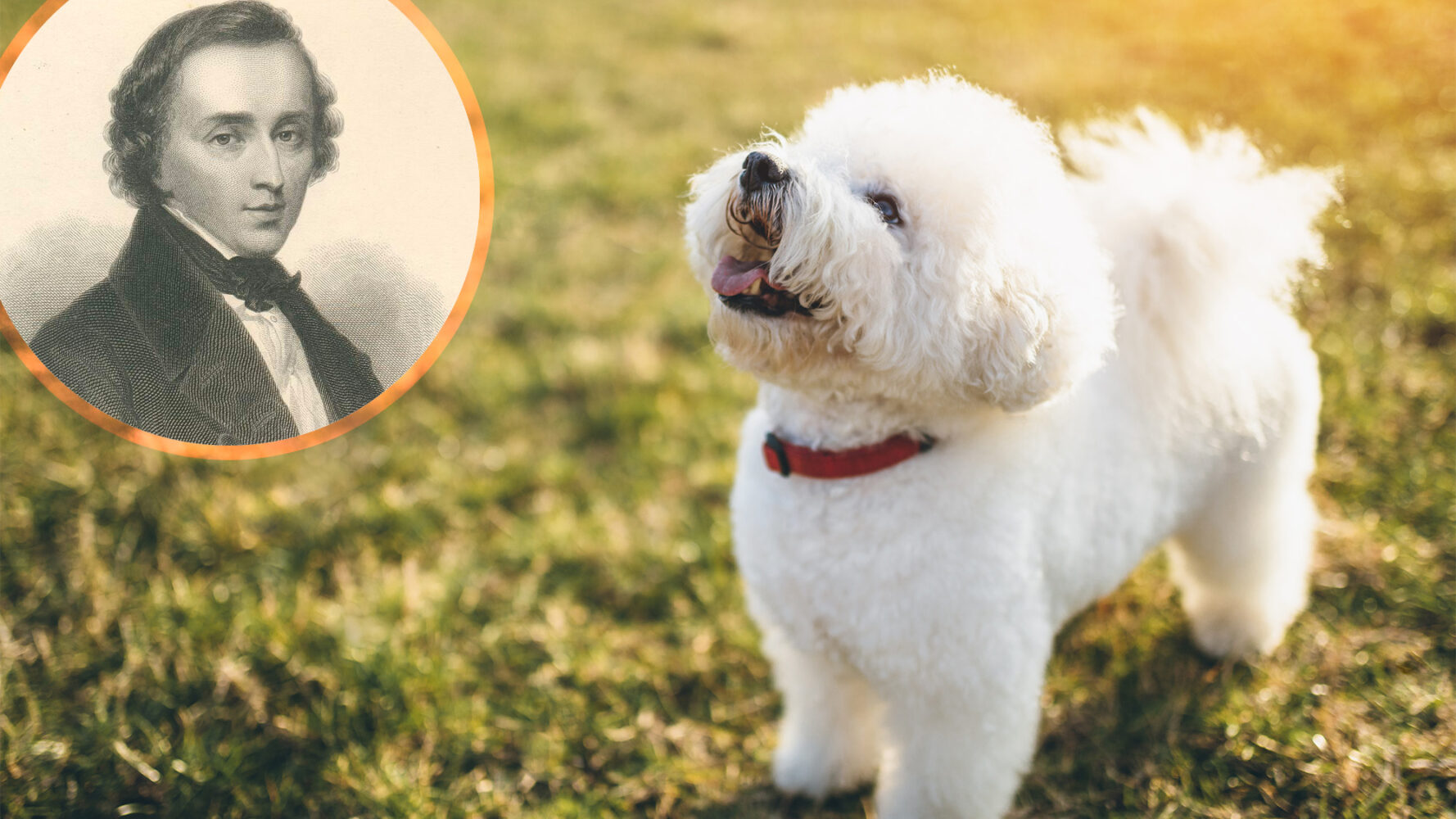 1. Frédéric Chopin & Marquis
1. Frédéric Chopin & Marquis
Some people are dog people; others swear by cats. But why choose between them when you can have both? Though Frédéric Chopin never owned any pets during his lifetime, he was certainly very taken by his partner George Sand’s three animals. She was said to have a cat named Vadek, and two dogs by the name of Marquis and Dib.
It was Marquis for whom Chopin showed a particular affinity. In fact, he wrote a piece seemingly titled after this treasured friend! "Gallop Marquis" is a short, simple piece written in 1846, near the end of Chopin’s life, and published posthumously.
Less explicit, but still very probable, was the influence of Marquis on one of Chopin's more famous works. Though its title doesn't allude to a furry friend, Chopin's Waltz No. 64 Op.1 (the Minute Waltz) is thought to also be inspired by Marquis. George Sand allegedly challenged Chopin to write a song inspired by Marquis chasing his tail. The result? A humorous, spirited waltz that whizzes by in a flurry of notes.
The piece with the least amount of evidence for animal inspiration is Chopin’s Waltz in F Major Op. 34 No. 3. Though some have speculated that Chopin was inspired to write the piece after seeing Sand’s cat Valdek scamper across the keyboard, there is not much documentation that supports this hypothesis.
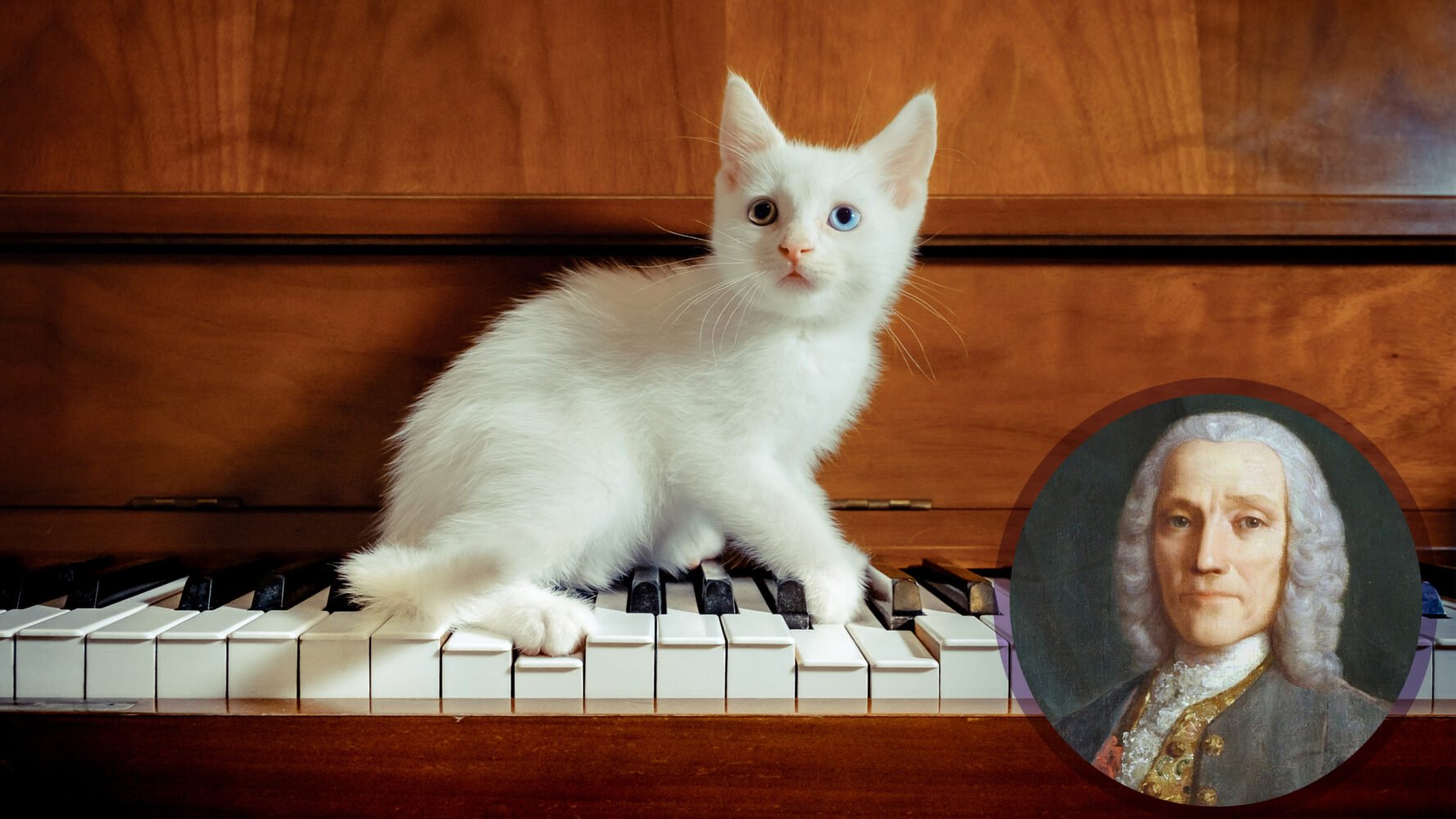 2. Domenico Scarlatti & Pulcinella
2. Domenico Scarlatti & Pulcinella
The next piece in our series has slightly more mysterious roots. Domenico Scarlatti’s Fugue in G minor was first published in 1739 as part of a collection of works for harpsichord titled Essercizi per Clavicembalo (or Exercises for Harpsichord). However, by the time the 19th century rolled around, this piece was performed and published with the nickname Cat's Fugue. So what happened?
The nickname is not rooted in a cat companion kept secret by Scarlatti, but rather an apocryphal story surrounding the piece’s origin. The legend suggests that Scarlatti owned a cat named Pulcinella who habitually spent time by his keyboard during composition sessions. As the story goes, Scarlatti was at the keyboard one day when Pulcinella decided to take a stroll across the keys, hitting the notes G-natural, B-flat, E-flat, F-sharp, B-flat and C-natural. That supposed stroll is said to have inspired Scarlatti to create a fugue using the same notes as the piece’s initial motif. A wonderful story, but not likely given that Scarlatti never makes a mention of this Pulcinella in any of his journals or notes.
Some historians suspect that it was actually Scarlatti’s keyboard contemporary Muzio Clementi who came up with the nickname due to his well-documented affinity for cats. Regardless of the who and the why behind it, what is certain is that the nickname has helped Scarlattiis piece enjoy sustained popularity, enjoying many performances to this day.
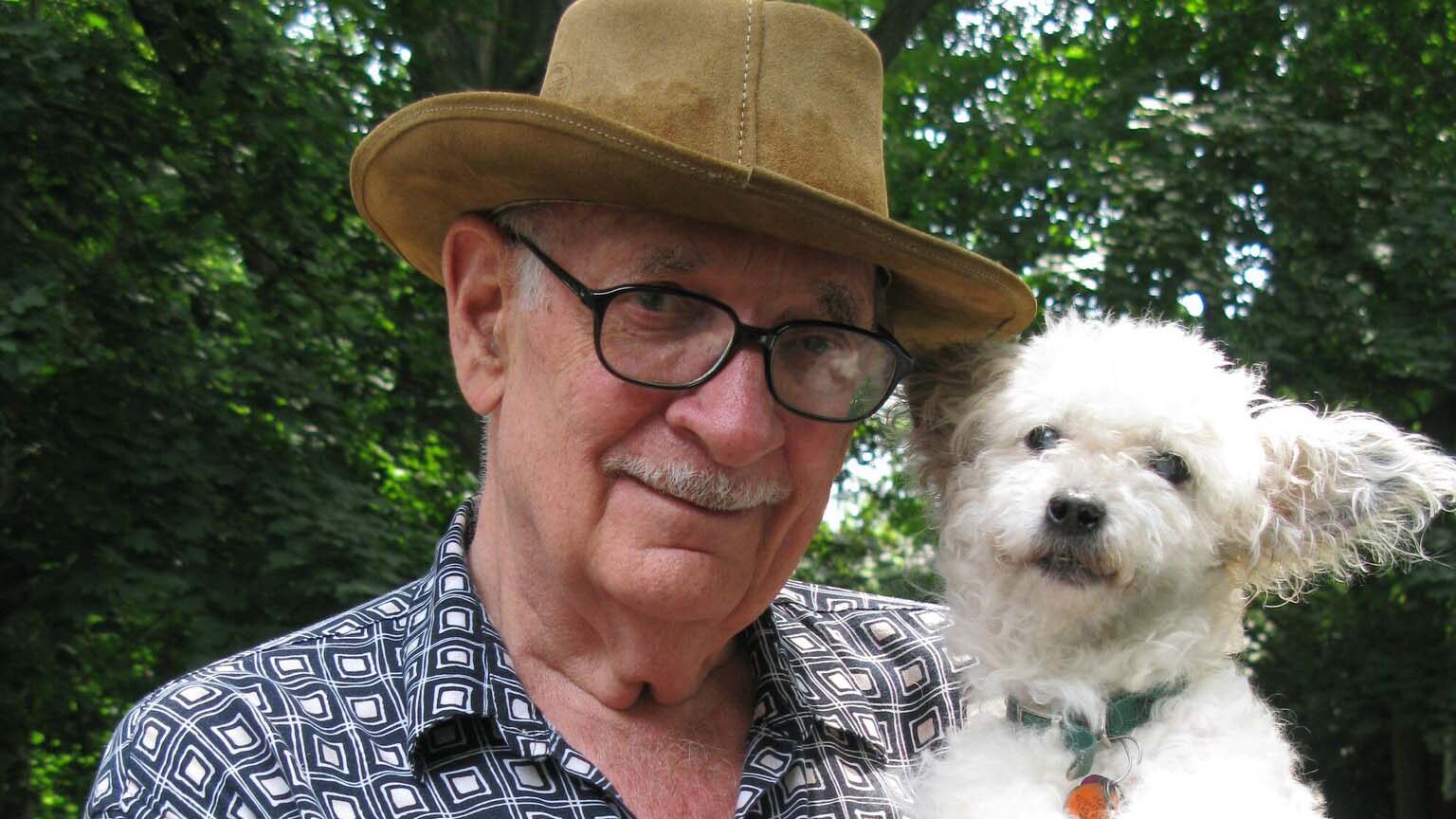
George Crumb holding Yoda (Photo: Peggy Peterson Photography; courtesy of Bridge Records, Inc.)
3. George Crumb & Tammy, Fritzi, Heidel, Emma-Jean, and Yoda
American composer George Crumb is probably best known idiosyncratic music style and distinctive score notation, a great example of which can be found in his popular Black Angels. But did you know that George Crumb has also written a piece dedicated to dogs?
His suite for guitar and percussion Mundus Canis (A Dog’s World) features five movements dedicated to the Crumb Family’s canine companions past and present. Each movement is written for a different pet, embodying a distinctive feel corresponding to each personality. “Tammy” reflects a temperamental spirit; “Fritzi” is active and fun; “Heidel” carries an air of elegance; the frantic “Emma-Jean” changes tempos constantly. Finally, “Yoda” captures a more defiant animal; the players are instructed to shout “Bad Dog!” to end the suite.
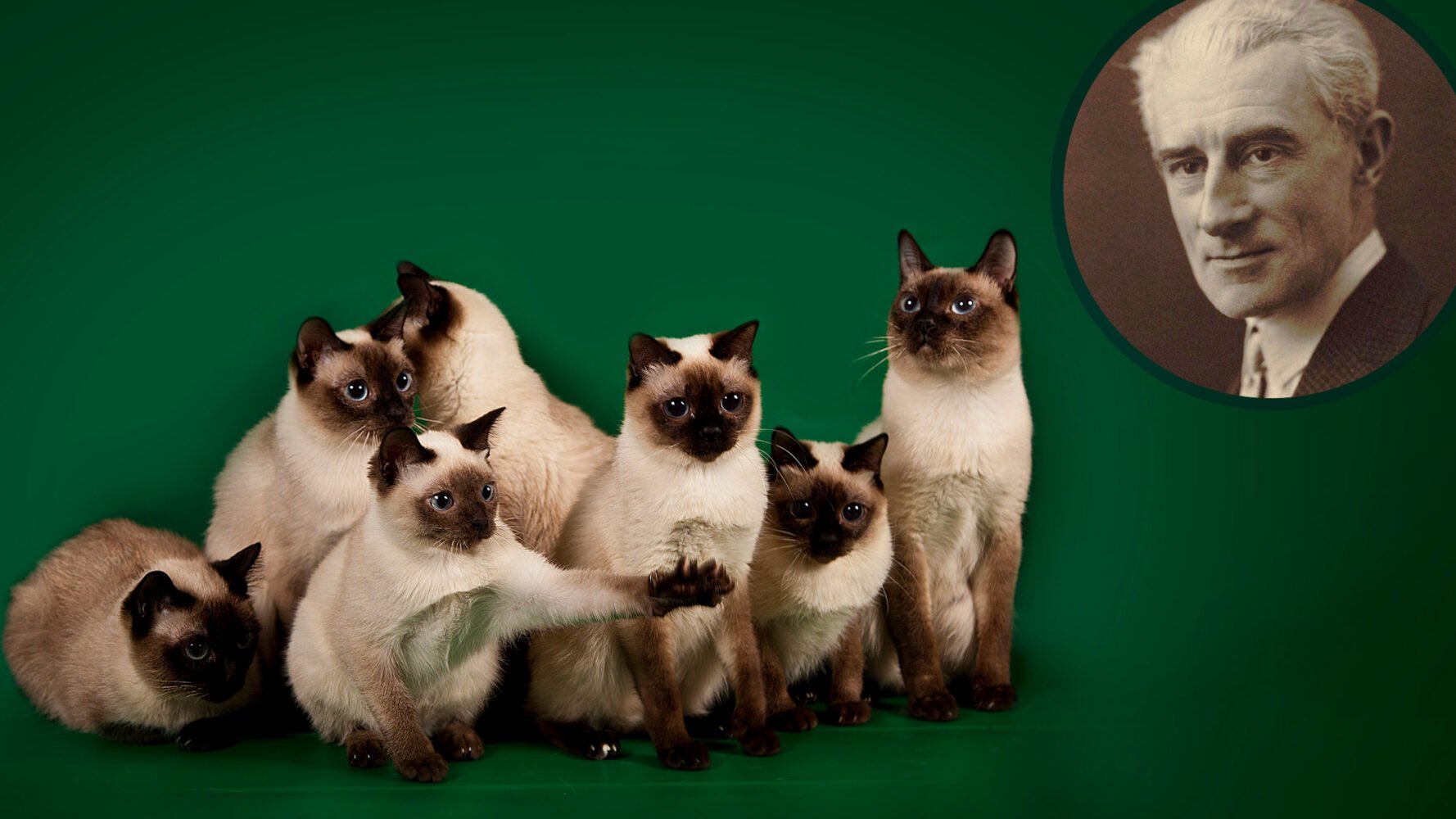 4. Maurice Ravel & A Family of Siamese Cats
4. Maurice Ravel & A Family of Siamese Cats
Maurice Ravel's love for cats was well-known among his friends and family. Some in his circle complained that the composer talked too much about his cats. In his book The Classical Music Experience, historian and author Julius Jacobson notes that Ravel would give updates on his beloved felines’ condition in letters, apparently attempt to speak their language, and let them walk wherever they pleased in his house. He even adopted a catlike way of ending certain correspondences, replacing standard valedictions with oddities like "I lick the end of your nose."
Siamese cats were Ravel’s favorites. Pictures from his Belvedere villa feature the composer showing off the cats, smiling and cooing at them as they lay peacefully in his arms.
But despite his love for cats, Ravel didn’t reference them in his music very often. However, one notable and strange example can be found in his opera L’enfant et les sortilèges (The Bewitched Child). The curious opera follows the misdeeds — and eventual redemption — of a boy who bullies the plants, animals, and belongings around him. Objects of his mistreatment eventually are animated and seek their comeuppance. Among the aggrieved are two cats, who are meant to lure the child out into the garden for a secret ambush, but get a little too distracted by each other along the way. Take a listen to their provocative duet Duo Miaulé (Meowed Duet) sung here by Jacqueline Miura and David Wilson-Johnson.
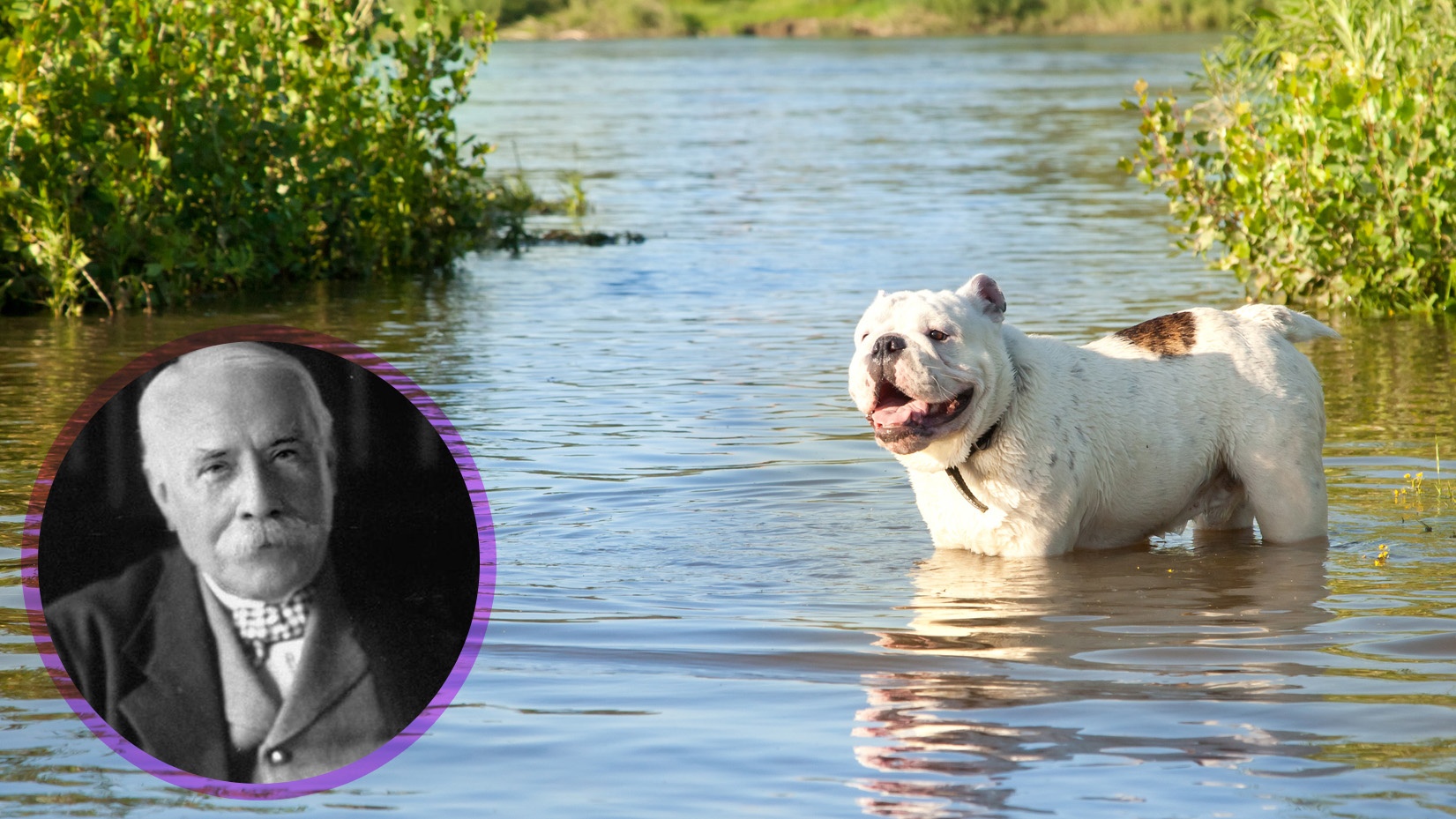 5. Edward Elgar & Dogs
5. Edward Elgar & Dogs
Edward Elgar was an immense dog lover subjected to a sad fate. During his 30-year marriage to Caroline Alice Roberts, the English composer was forbidden from having a dog in the house. He made do by walking the pets of his friends and visiting dogs whenever he could. After his wife passed away in 1920, Elgar took in two furry friends: a spaniel named Marco and a terrier named Mina. The two remained close to Elgar for the remainder of his life, with Elgar going so far as to call them and send them letters when he wasn’t home.
One of Elgar’s most public displays of love for his pups came during a concert broadcast for the composer’s 70th birthday. After the orchestra finished playing, Elgar could be heard wishing his dogs a good night; supposedly Mina, in particular, was very excited to hear Elgar’s voice over the radio and began to bark.
Elgar’s love for dogs is also embedded within one of his most important compositions. The Enigma Variations features a movement dedicated to Dan, the bulldog of choir conductor and organist George Sinclair. As the story goes, Elgar was on a walk with the pup when they stumbled into the river Wye, inspiring the opening of Elgar’s 11th Enigma Variation.
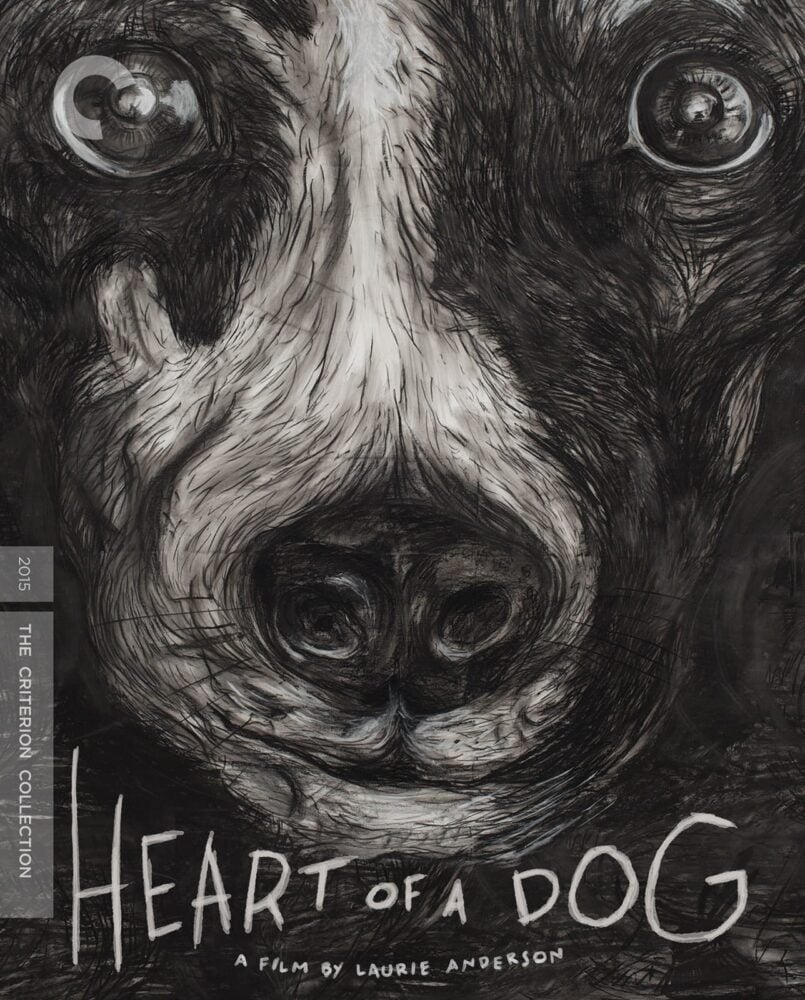
6. Laurie Anderson & Lolabelle
And finally, a composer who honored her dog in both film and music: Laurie Anderson! When her rat terrier, Lollabelle, died in 2013, Anderson decided to create a work of art in her memory, a mixed media film memoir that reflects on the life of both composer and canine.
But that’s not all. In June 2010, Anderson and her late husband, rock star Lou Reed, staged a concert for dogs at the Sydney Opera House. The same concert was given in 2016 in New York’s Times Square. The program was a howling success in both performances, in part because the music consisted of a series of low, dog-friendly pitches. No dogs were harmed in the making of the concert… however, some seats may have been.
And now for some honorable mentions... pets that didn't get dedicated pieces written to them, but were hugely inspiring to their composers nonetheless.
Jennifer Higdon & Her Cats
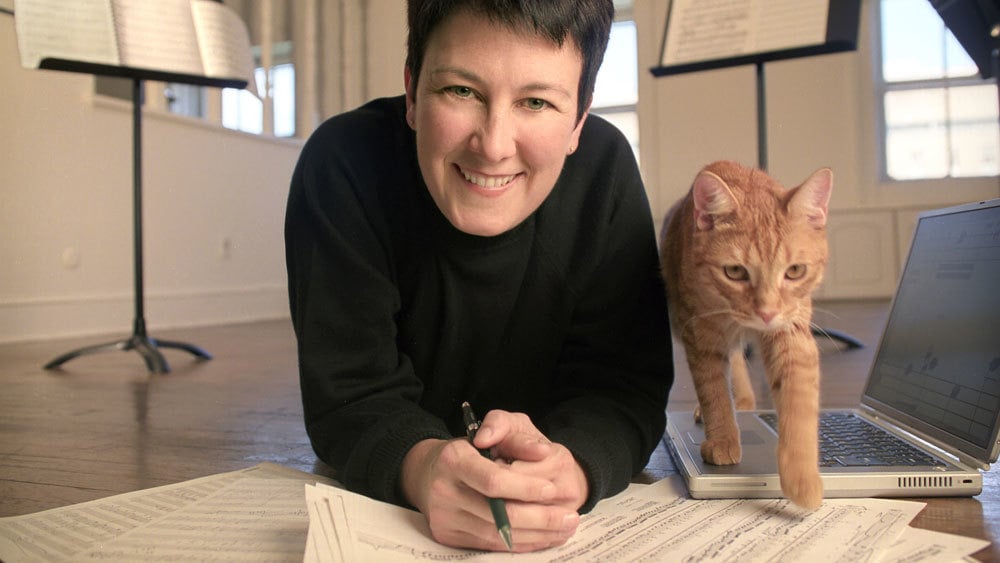
Photo: Candice DiCarlo
Jennifer Higdon is a bit of an anomaly in the world of classical music. Despite not writing her first composition until she was 21, she has gone on to become one of the most celebrated composers of the 21st century. Her inspirations? Too many to count, but cute cats, including the beloved Beau, certainly fit among them. Higdon mentioned in an interview with The New York Times that her cats bring her comfort during times of tension. But even they have their limits . The composer maintains that if her stress levels peak too high while working on a piece, her cats will run and hide until things calm down.
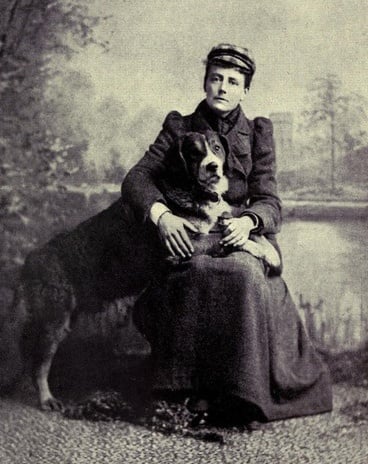
Ethel Smyth and her dog, Marco, 1891
Ethel Smyth & Her Dogs
Often said to have preferred dogs to people, composer, suffragette, and writer Ethel Smyth spent the majority of her adult life in canine companionship. Her first dog was named Marco; rescued from the the streets of Vienna, Marco lived a luxurious and fairly untroubled life at his caretaker’s side.
Marco was at his doglike, mischievous best when Smyth was invited to attend a rehearsal of one of Brahms’ piano quintets. The composer left Marco tied up outside prior to the session, however the sound of musical instruments was too alluring for Marco to bear. He bounded into the building, up the stairs to where the rehearsal was taking place… and straight into the lap of Johannes Brahms himself. Luckily, Brahms was quite amused by the whole endeavor and didn’t bear any harsh feelings.
After Marco passed away, Ethel Smyth went on to raise Old English Sheepdogs. Many lovely photographs can be found of Smyth online posing next to the gorgeous, gentle giants.
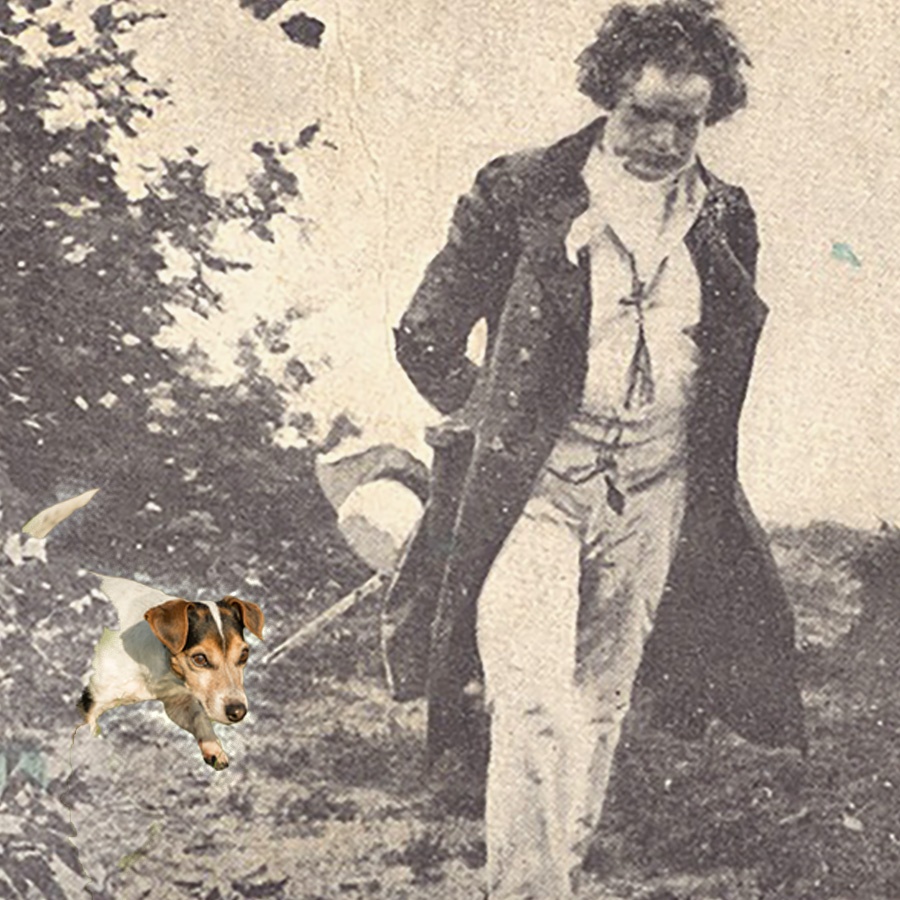
WFMT's interpretation of Beethoven and Gigon
Ludwig van Beethoven & Gigon
When Ludwig van Beethoven finished his Bagatelle No. 25 in A minor, he thought it would win him the woman of his dreams, his pupil Therese Malfatti. Unfortunately, Therese rejected both the piece and Beethoven’s hand in marriage. But it cannot be said that Beethoven came away from the encounter winning nothing: the bagatelle’s dedication, “Für Therese,” would be misinterpreted as “Für Elise” and go on to become one of Beethoven’s most enduring works.
Believe it or not, this story’s canine connection goes beyond a “fur” pun! Though he did not fare too well with Therese, Beethoven did manage to win over the heart of another: Therese’s dog, Gigon. The night that Beethoven was rejected by Therese, Gigon followed Beethoven out the door and kept him company throughout that evening, staying by his side through dinner and an evening walk. As Beethoven would later recount in a letter, Gigon’s devotion added a touch of sweetness to an otherwise painful night.




